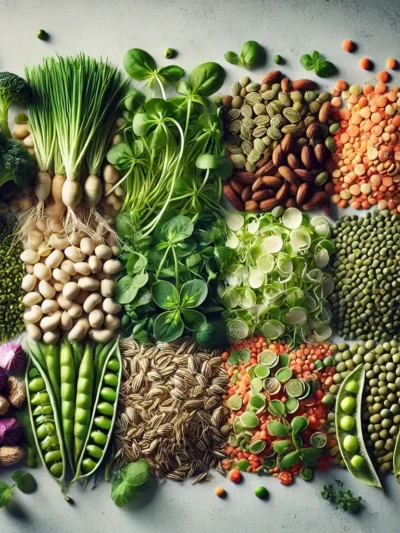As life expectancy increases, the importance of promoting health and well-being in old age becomes increasingly crucial.
This comprehensive guide explores effective strategies for improving the quality of life for older adults, covering the physical, mental and social aspects of healthy aging, with details, examples and more information.
Physical Health: The Foundation for an Active Life
- Regular physical activity: The key to maintaining cardiovascular health, strengthening bones and muscles, and improving mobility. Walking, swimming, dancing, and group activities such as water aerobics and senior exercise classes are especially beneficial options.
- Walks: Start with short walks of 15-20 minutes, 3 times a week, and gradually increase the duration and intensity. Explore parks, trails, and walking groups in your community to make the activity more enjoyable.
- Swimming: A low-impact activity that strengthens the entire body and improves flexibility. Swimming lessons for seniors with experienced instructors ensure safety and proper learning of the technique.
- Dance: A fun way to exercise while improving coordination, balance and self-esteem. Various dance styles, such as salsa, forró and zumba, are adapted for seniors, providing socialization and joy.
- Food balanced: The fuel for a healthy body and mind. A diet rich in fruits, vegetables, whole grains, proteins thin and healthy fats provides essential nutrients for the proper functioning of the body.
- Fruits and vegetables: Include at least 5 servings a day, varying the colors and types to get a wide range of nutrients and antioxidants.
- Whole grains: Choose breads, pastas and brown rice, which provide more fiber, vitamins and minerals than their refined versions.
- Lean proteins: Lean meats, chicken, fish, legumes and low-fat dairy products are essential for building and repairing tissues.
- Fats healthy: Avocado, olive oil, nuts and seeds are sources of good fats that benefit heart and brain health.
- Regular medical check-ups: Prevention is essential for healthy aging. Regular medical check-ups with a general practitioner, ophthalmologist, dentist and other specialists ensure early detection of health problems and appropriate treatment.
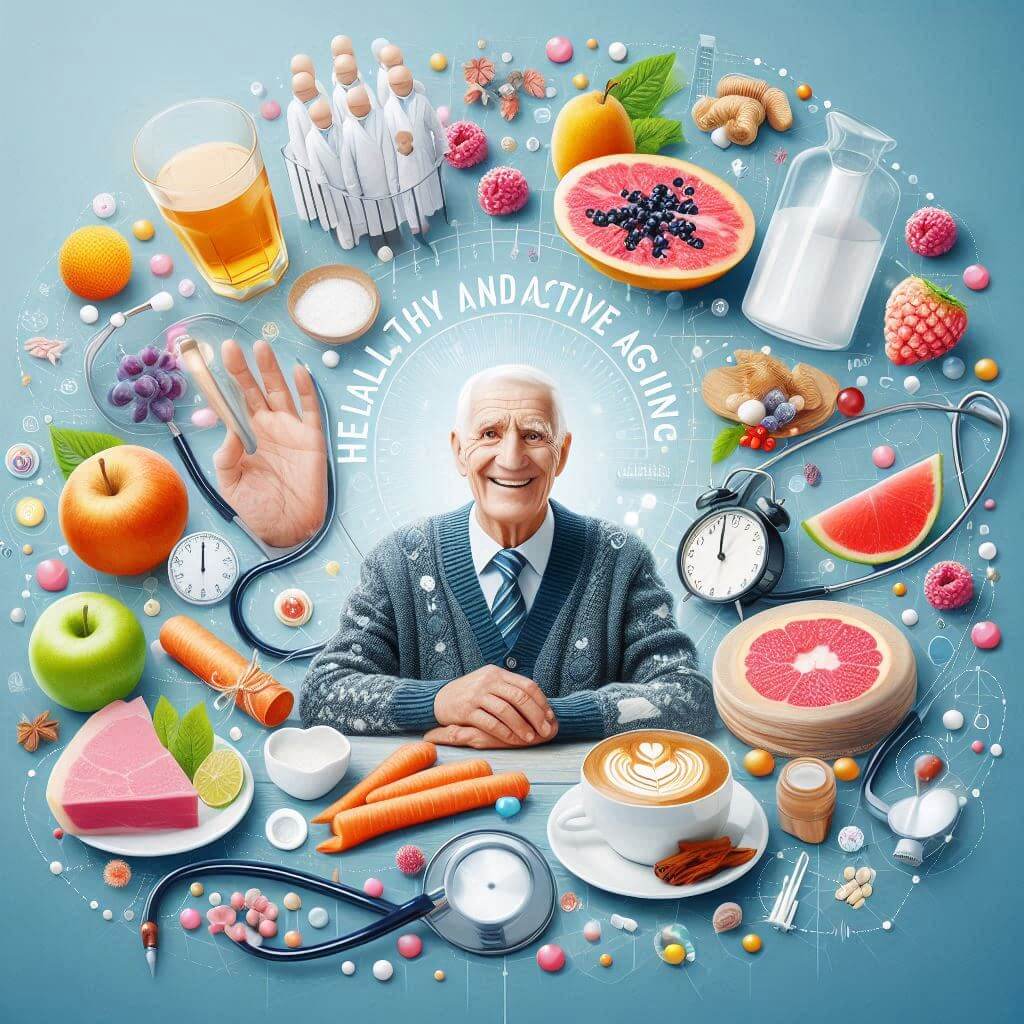
Mental Health: Nutrition for the Mind
- Cognitive activities: Keep your brain active and engaged with activities like reading, board games, crossword puzzles, learning a new language, or playing a musical instrument.
- Reading: Explore fiction, nonfiction, biographies, and articles to stimulate your mind and expand your knowledge. Join book clubs to discuss books and socialize with like-minded people.
- Board games: Various games, such as chess, checkers and strategy games, challenge the mind, improve concentration and provide moments of leisure with friends and family.
- Crosswords and Sudoku: They stimulate logical reasoning, memory and problem solving in a fun and challenging way.
- Learning a new language: A great way to keep your mind active, improve your memory and expand your cultural horizons. Online courses, language apps and conversation groups can make learning easier.
- Play a musical instrument: A rewarding activity that promotes fine motor skills, memory and creativity. Music lessons for seniors with experienced teachers ensure personalized and enjoyable learning.
- Socialization: Social contact is crucial for mental health and well-being. Join groups of friends, participate in community activities such as clubs, classes and events, and stay in touch with family and friends who live far away.
- Groups of friends: Join groups with common interests, such as hiking, dancing, painting, reading, or any other activity that brings you joy.
- Community activities: Explore senior centers in your area, which offer a variety of activities, such as exercise classes, craft workshops, lectures and social events.
- Volunteering: Dedicate your time and knowledge to help others in your LIFE
- Stress management: Practice relaxation techniques such as meditation, yoga, deep breathing, and tai chi to reduce stress, anxiety, and improve sleep.
- Meditation: An ancient practice that promotes calm, mental clarity and general well-being. There are different types of meditation, such as mindfulness and transcendental, which can be adapted to your needs and preferences.
- Yoga: Match physical exercises, breathing and meditation, promoting flexibility, strength, balance and mental well-being. Yoga classes for seniors with experienced instructors ensure safety and benefits appropriate for each fitness level.
- Deep breathing: A simple and effective technique to reduce stress and anxiety in the moment. Try diaphragmatic breathing, which involves contracting the diaphragm and expanding the abdomen as you inhale, and relaxing the muscles as you exhale.
- Tai chi: One exercise low-impact exercise that combines slow, gentle movements with conscious breathing, promoting physical and mental health, especially for seniors.
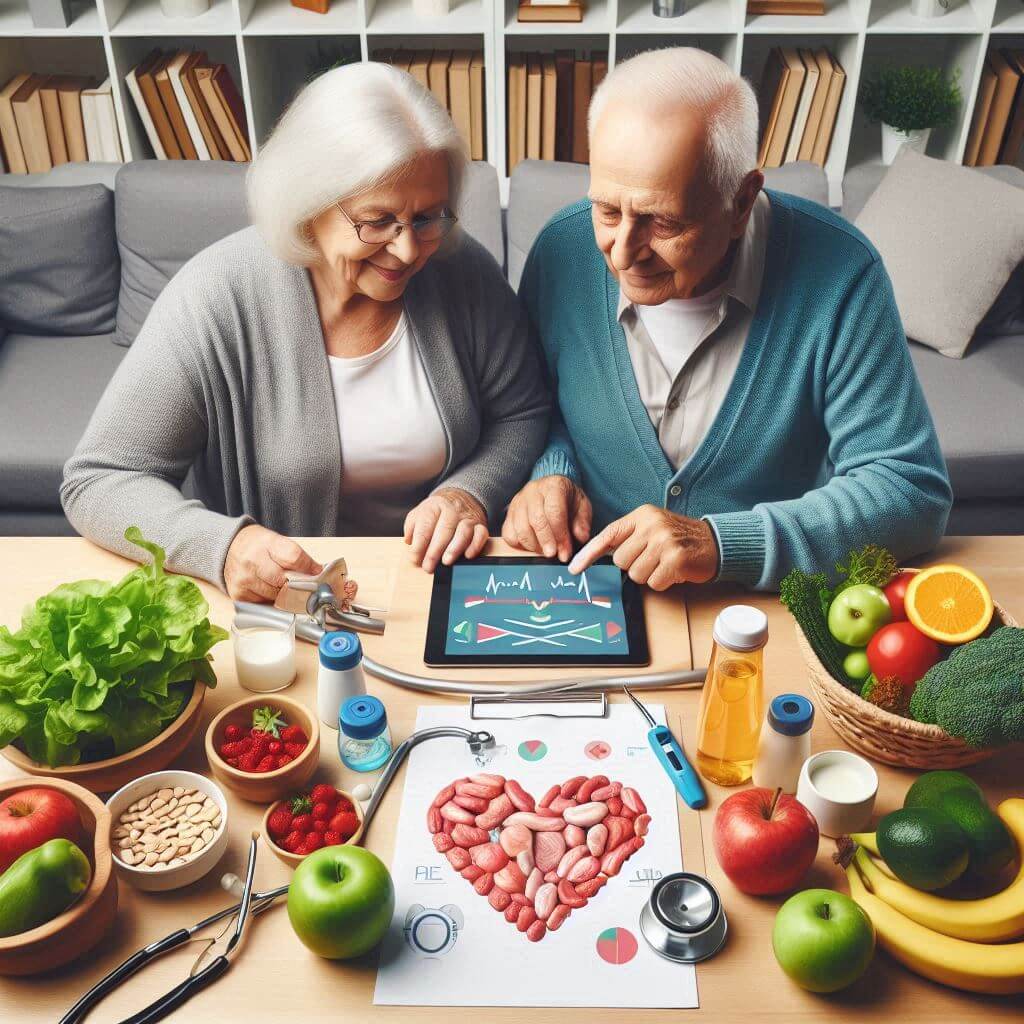
Recreational Activities for Seniors: Joy and Growth
- Art and Culture: Explore your creativity and express yourself through activities such as painting, sculpture, theater, dance, music and writing.
- Painting or sculpture classes: Unleash your creativity, develop new skills, and connect with others who share your interests.
- Theater and dance: Join a theater or dance group to have fun, socialize, and boost your self-esteem. Performing for family and friends can be a great motivator.
- Adapted sports: Stay active and socialize with sports adapted for seniors, such as:
- Group walks: A great way to do exercises physical, enjoy the outdoors and meet new people.
- Yoga and tai chi: They promote flexibility, balance and muscle strength, as well as reducing stress and anxiety.
- Swimming: A low-impact activity that strengthens the entire body and improves cardiovascular health.
- Adapted games: Various games, such as bowling, table tennis and bingo, can be adapted for senior citizens, providing moments of leisure and socialization.
Adaptations in Daily Life for Active Aging
- Modifications to the house: Make your environment safe and functional for independent aging:
- Accessibility: Install handrails on stairs, access ramps, grab bars in the bathroom and non-slip flooring to prevent falls and accidents.
- Assistive Technology: Use tools such as walkers, canes, wheelchairs and safety alarms to make getting around and your daily life easier.
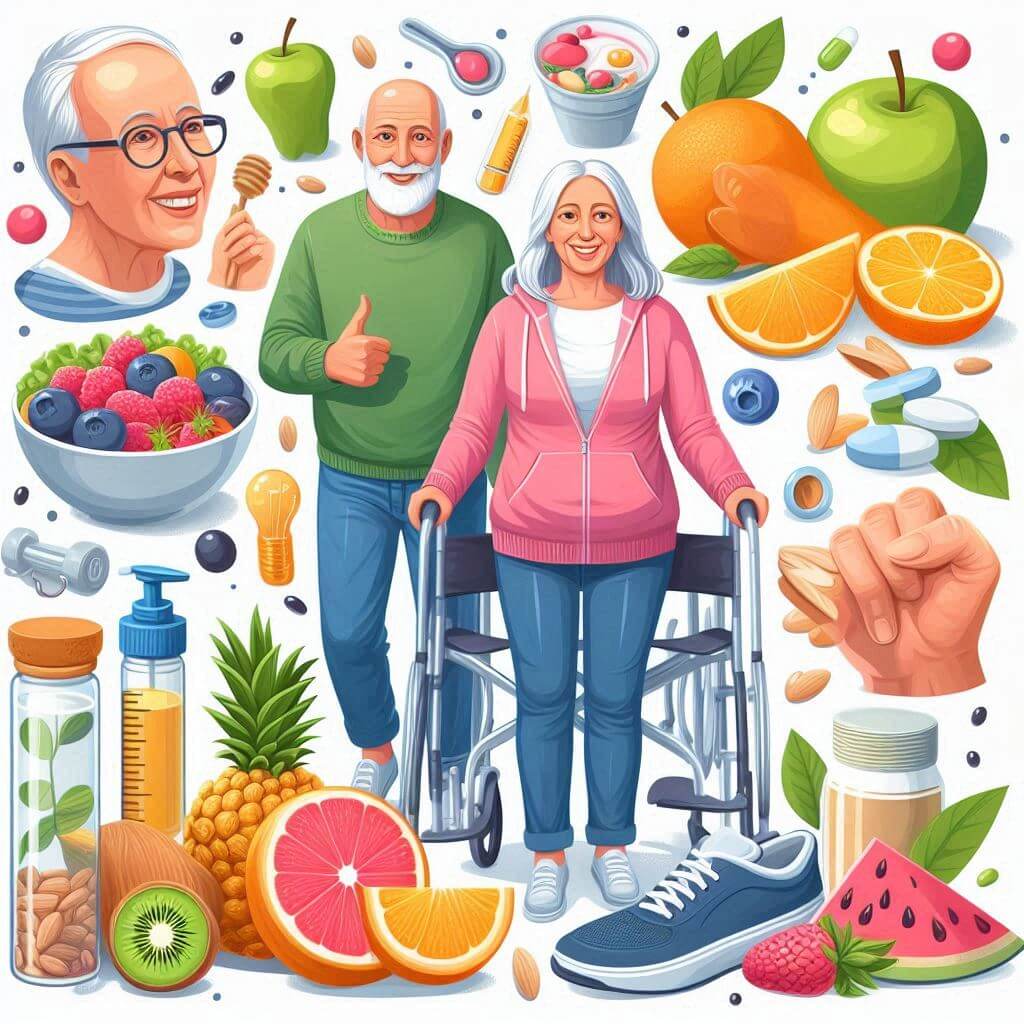
Convenient transportation:
- Accessible transportation options: Use adapted public transport, taxi services or carpool with friends and family to get around safely and independently.
- Driving awareness: Have your driving skills evaluated regularly by a healthcare professional. Choose alternative transportation options when necessary to ensure your safety and that of others.
Public Health and Community Support Programs:
- Health centers for the elderly:
- Exercise programs: Take part in gymnastics, dance, water aerobics and other physical activities supervised by qualified professionals.
- Educational workshops: Attend lectures and workshops on health, nutrition, safety, seniors' rights and other topics relevant to your well-being.
- Community Volunteering:
- Involvement in social projects: Dedicate your time and knowledge to helping others, strengthening your sense of purpose, and making a difference in your community.
- Intergenerational mentoring: Share your experiences and knowledge with young people through mentoring programs, promoting dialogue between generations.
Common Challenges and Coping Strategies
- Loneliness and Isolation:
- Support groups: Join support groups for seniors who share similar experiences and offer mutual support.
- Technology and social media: Learn how to use technological devices and social networks to keep in touch with friends and family, even from a distance.
- Online activities: Participate in discussion groups, online courses, games and other virtual activities to expand your social network.
- Chronic health conditions:
- Active health management: Work with healthcare professionals to develop a personalized treatment plan and manage your conditions effectively.
- Adopt healthy habits: Keep a balanced diet, practice physical activity regularly, manage stress and get adequate sleep to improve your quality of life.
- Medical support network: Establish a network of healthcare professionals, including doctors, nurses, physical therapists and other specialists, to ensure comprehensive care.
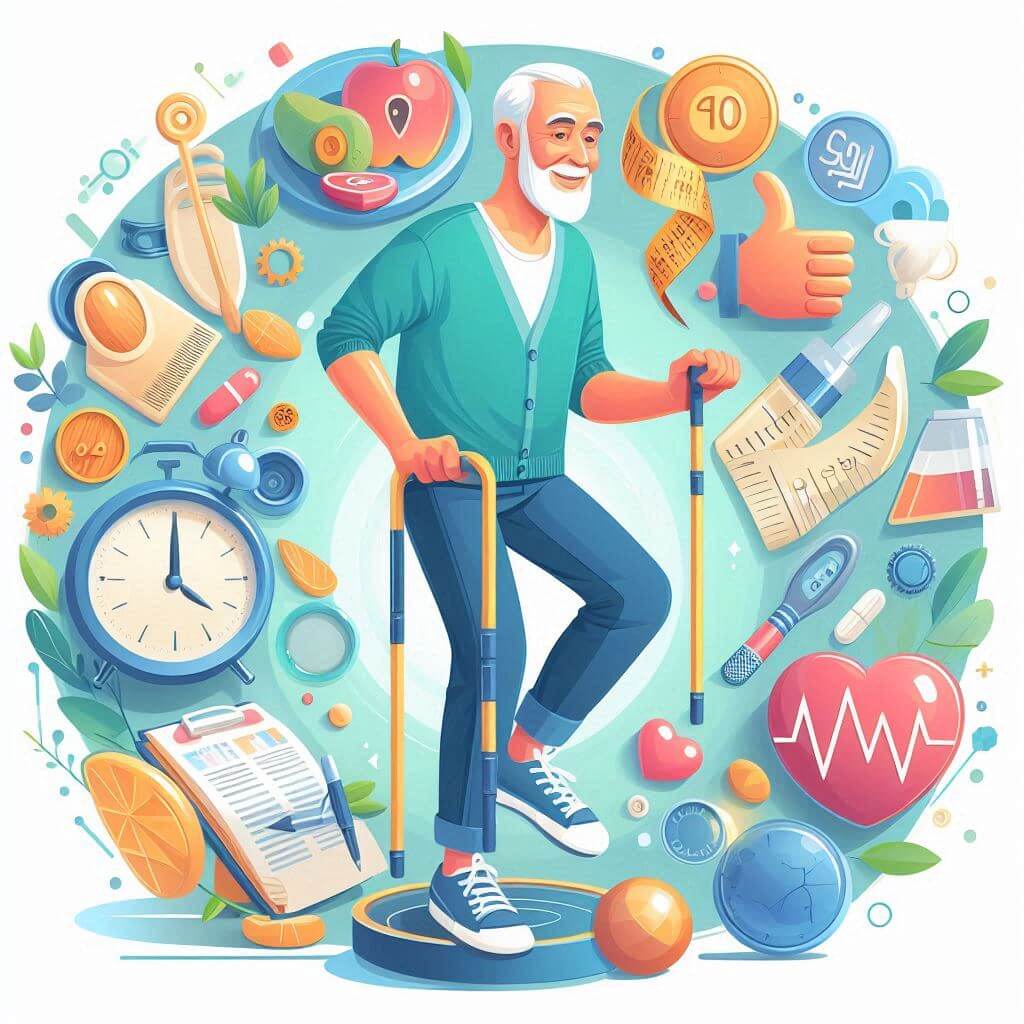
Aging with Health and Well-Being
Investing in health and well-being in old age is essential for a full and satisfying life.
By adopting practices that promote a holistic approach, it is possible to face the challenges of aging with resilience and vitality.
Key points:
- The importance of a holistic approach to aging, considering physical, mental and social aspects.
- The need for regular physical activity, balanced diet and periodic medical examinations to maintain physical health.
- The importance of stimulating the mind with cognitive activities, socialization and stress management to promote mental health.
- The diversity of recreational activities available to seniors, such as art, culture, adapted sports and volunteering.
- The need to adapt daily life to ensure safety and independence, including home modifications and accessible transportation options.
- The role of public health and community support programs in healthy aging.
- Strategies for coping with common challenges such as loneliness, isolation, and chronic health conditions.
The path to healthy, active aging starts with small changes in lifestyle and a commitment to well-being.
By incorporating physical activity, a balanced diet, mental stimulation, social connections and preventive care, it is possible to enjoy a third age full of vitality, joy and independence.
Please note that this guide provides general information and is not a substitute for medical advice. Always consult a healthcare professional for personalized guidance.
Want to explore a topic in more detail?
About healthy aging:
| Question | Response |
|---|---|
| How does regular physical activity help seniors? | Regular physical activity is essential to maintain cardiovascular health, strengthen bones and muscles, and improve mobility, preventing falls and helping with independence. |
| What foods should be included in a balanced diet for seniors? | A balanced diet should be rich in fruits, vegetables, whole grains, lean proteins, and healthy fats. These foods provide the essential nutrients for the proper functioning of the body. |
| Why are regular medical checkups important for seniors? | Regular medical check-ups allow for early detection of health problems, enabling appropriate treatment and preventing complications. |
| How do cognitive activities help the mental health of the elderly? | Stimulating the brain with cognitive activities helps maintain brain function and prevent conditions like dementia. Crossword puzzles, reading, learning a new language, and board games are all great examples. |
| Why is socialization important for mental health in old age? | Maintaining an active social life combats isolation, loneliness and depression. Interacting with friends and family provides emotional support and improves well-being. |
| What are the benefits of art and culture for the elderly? | Painting, sculpture, theater and dance classes stimulate creativity, personal expression and socialization. In addition, they contribute to mental and emotional well-being. |
| How can adaptations in the home help keep the elderly safe? | Modifications such as handrails, ramps, grab bars in the bathroom and non-slip flooring help prevent falls and domestic accidents, ensuring the independence and safety of the elderly. |
| How do senior health centers contribute to healthy aging? | Health centers offer supervised exercise programs, educational health and wellness talks, and social support services. These initiatives promote quality of life and active aging. |
| What can the elderly do to deal with loneliness and isolation? | Joining support groups, using technology to connect with others, and engaging in social activities are all effective strategies for combating loneliness and social isolation. |
Ministry of Health – Healthy Aging: complete ebook



